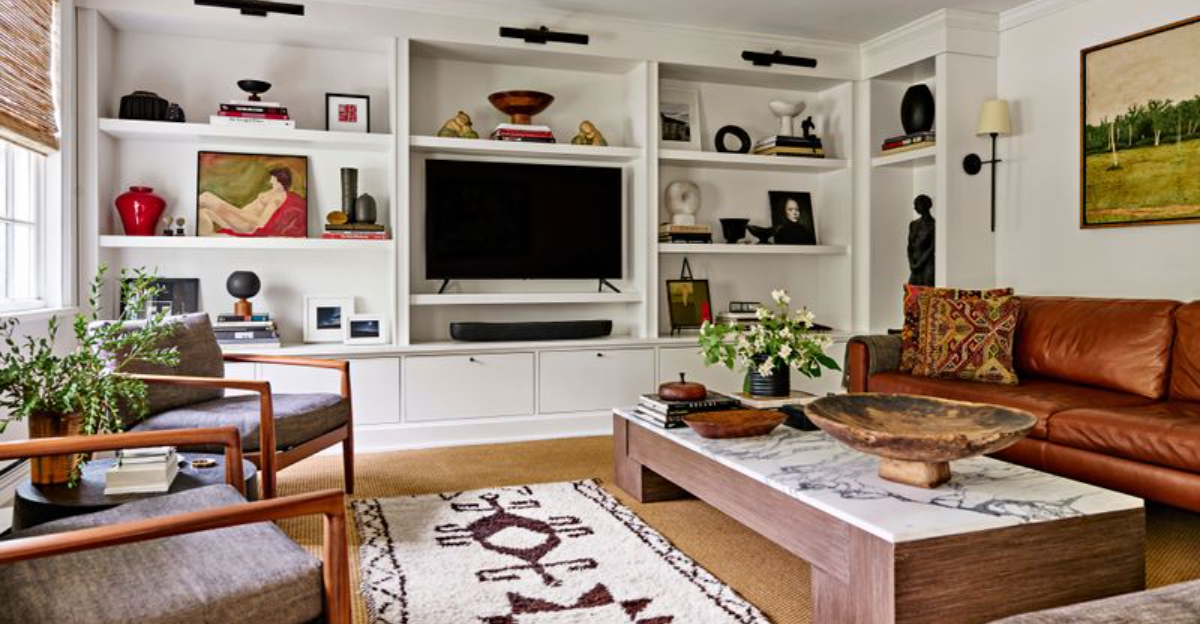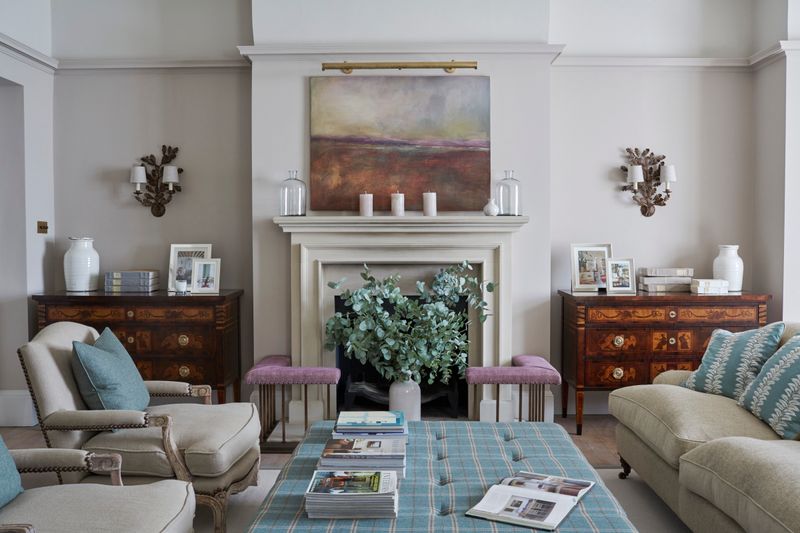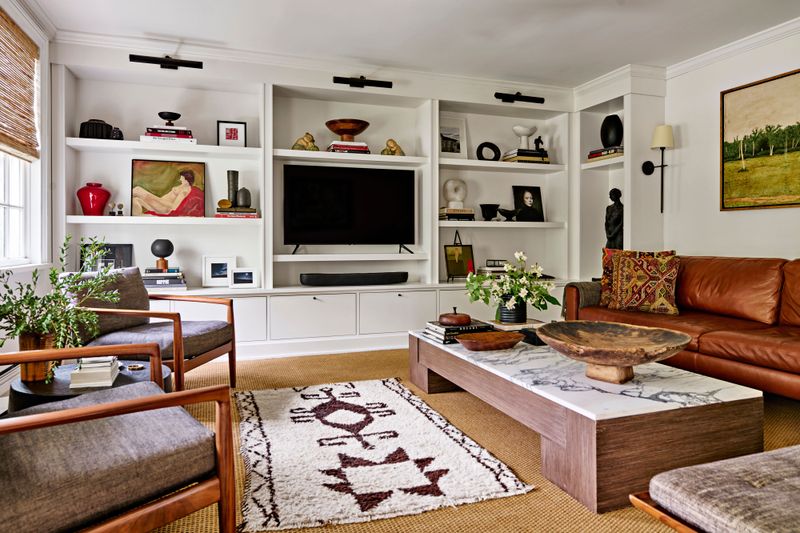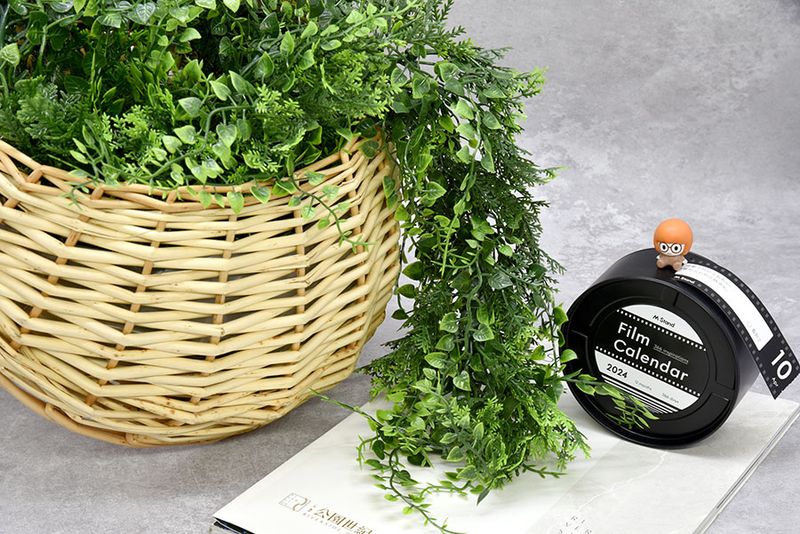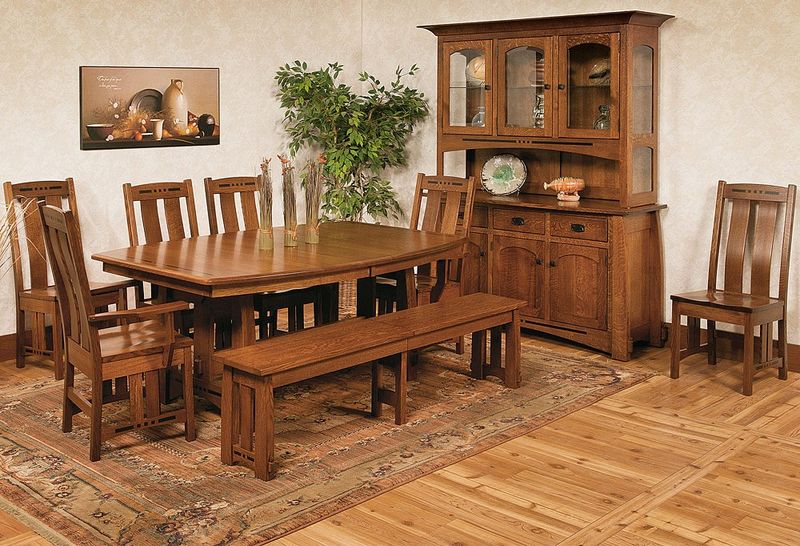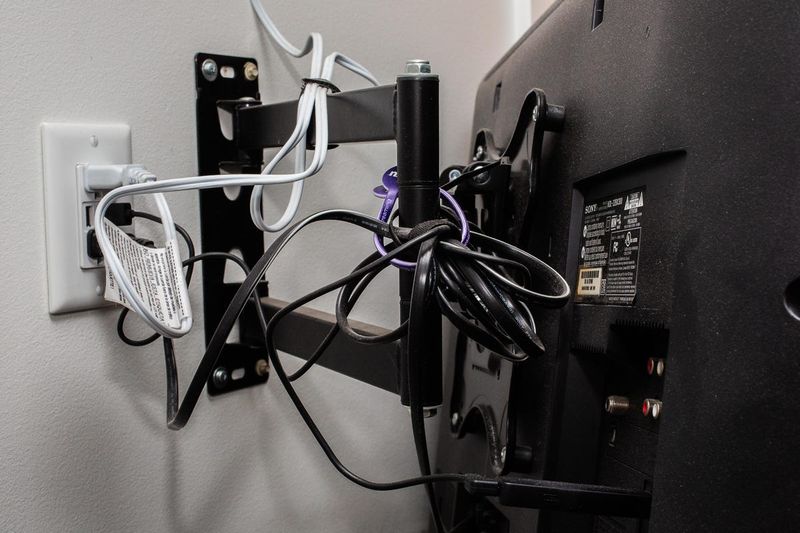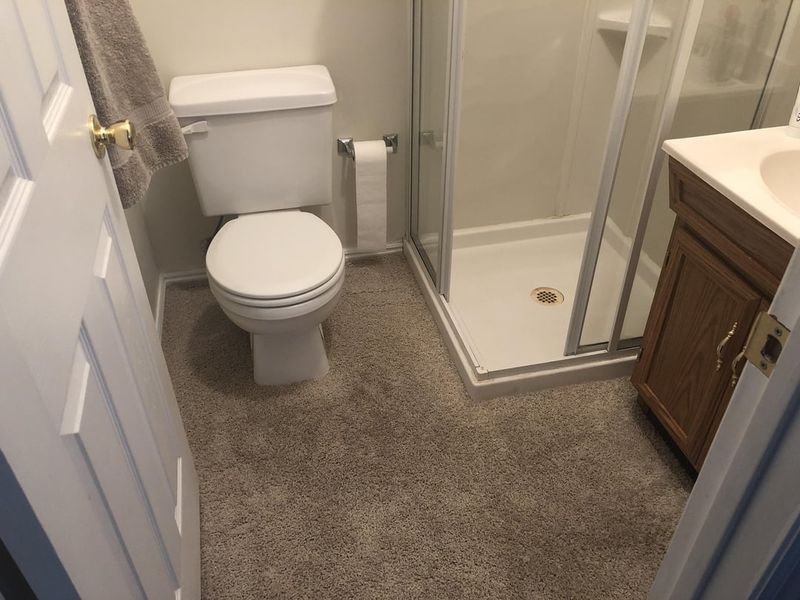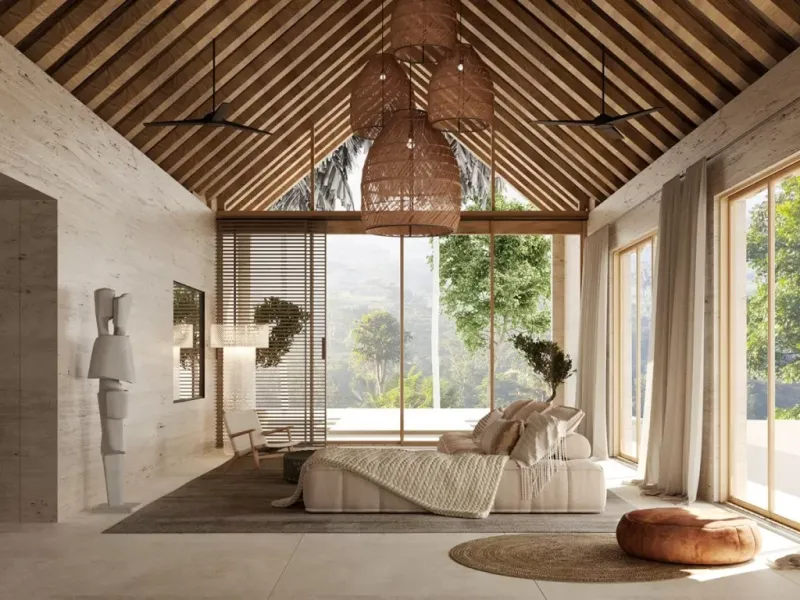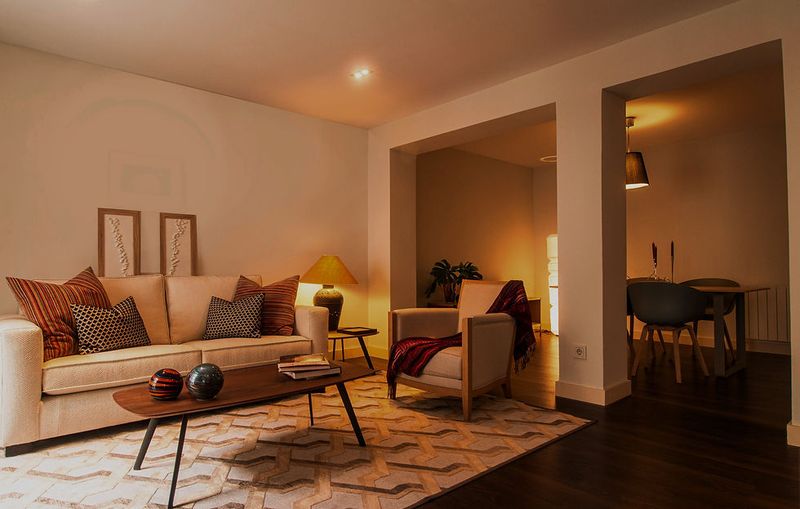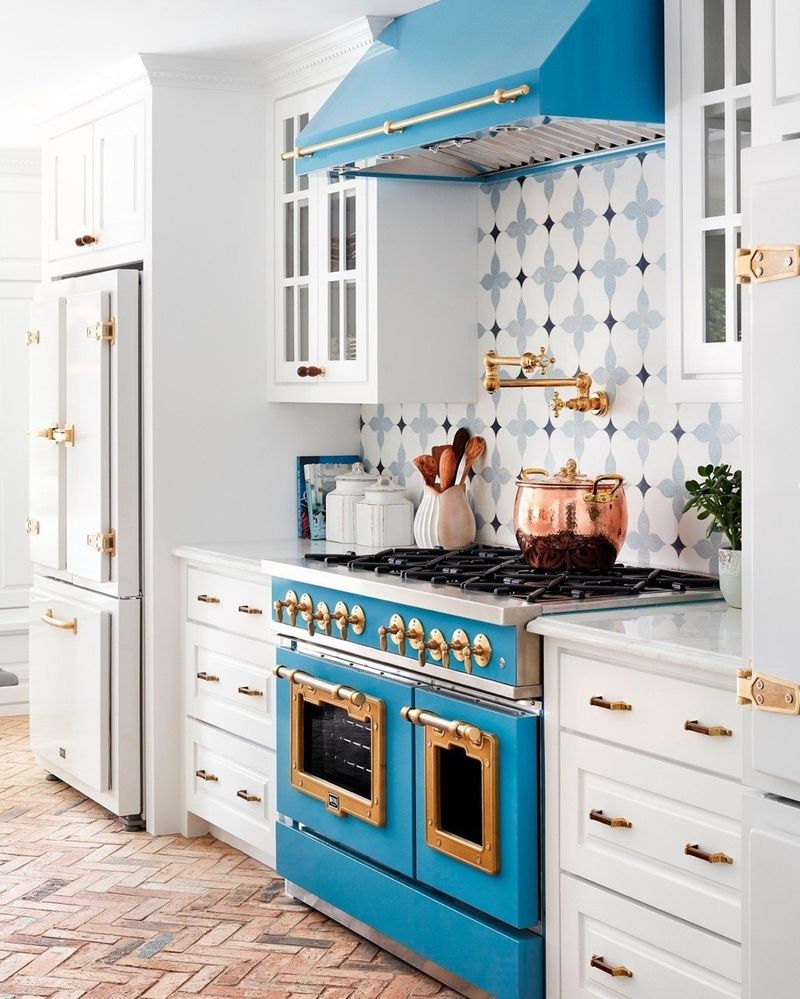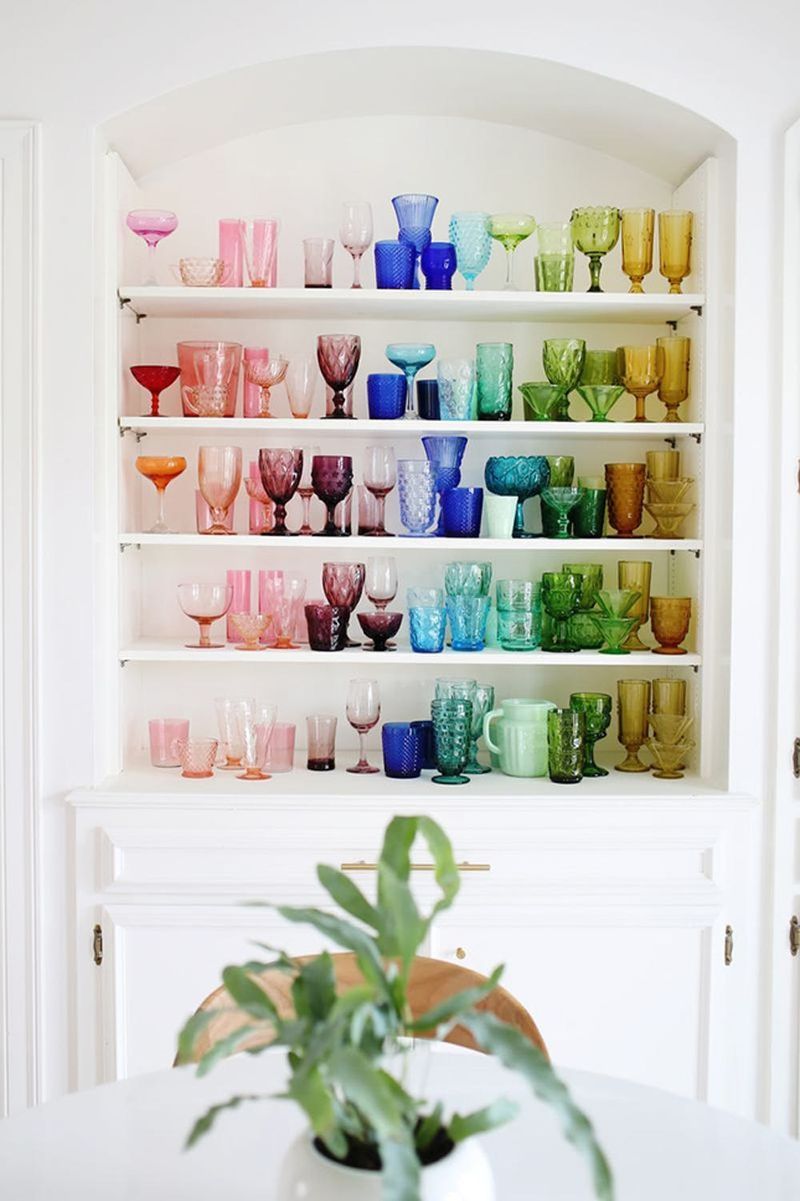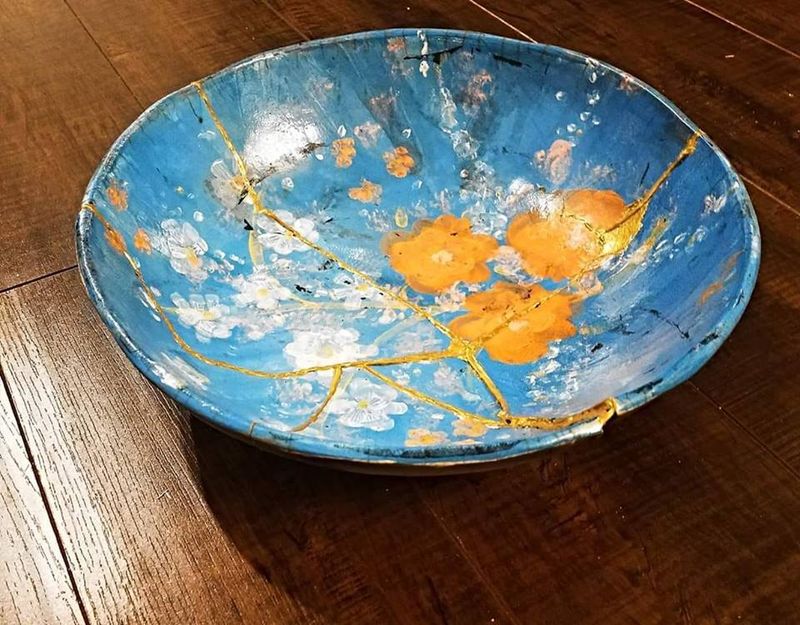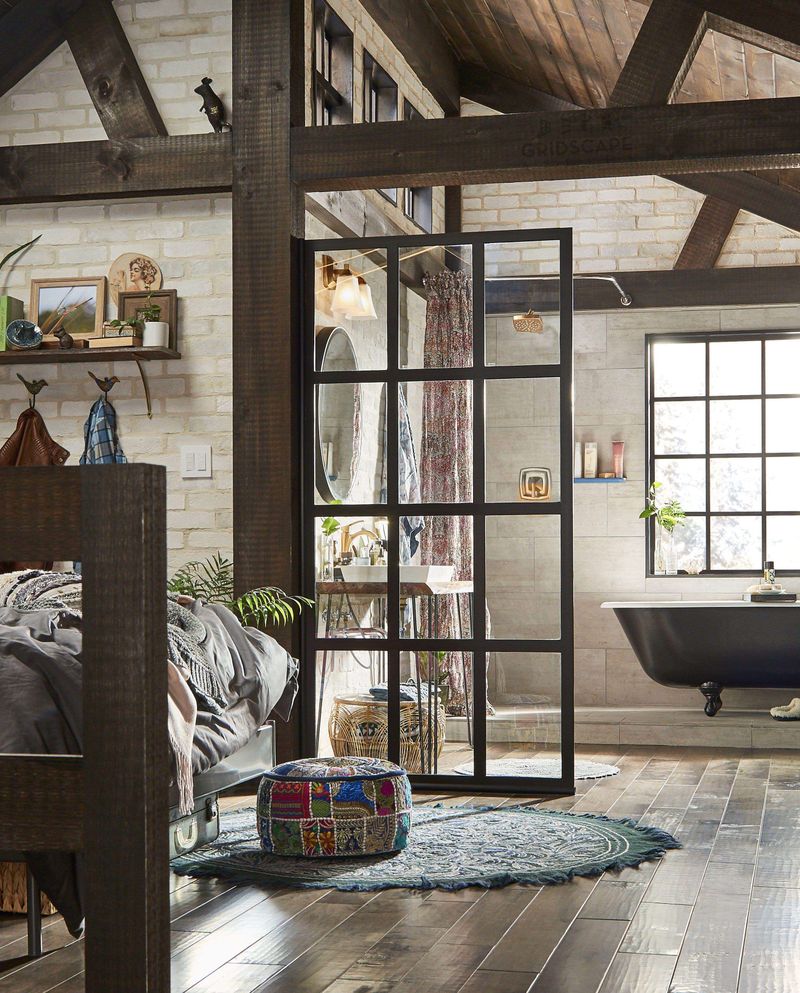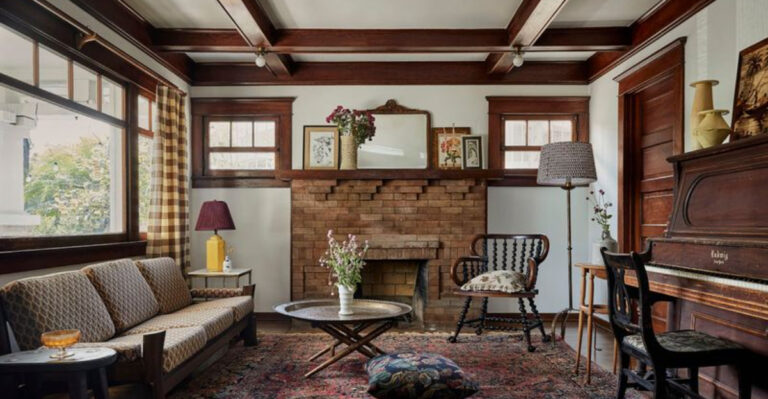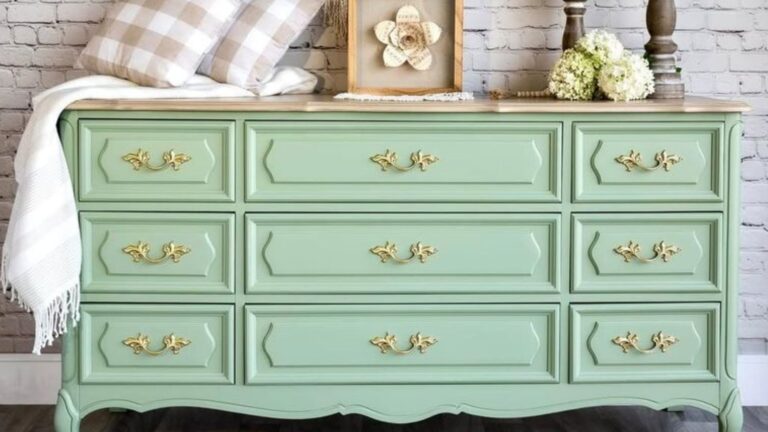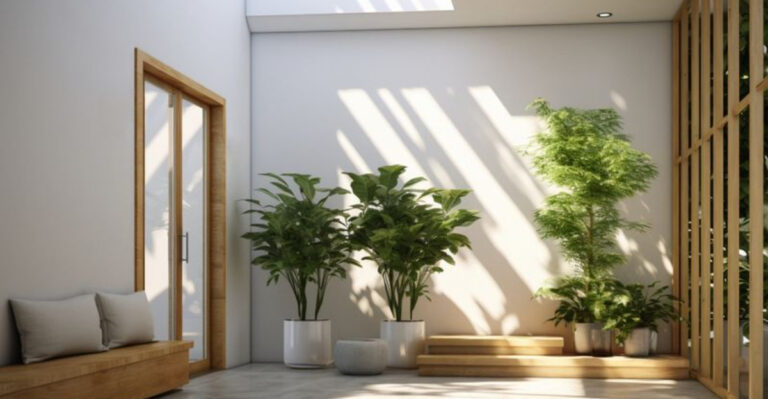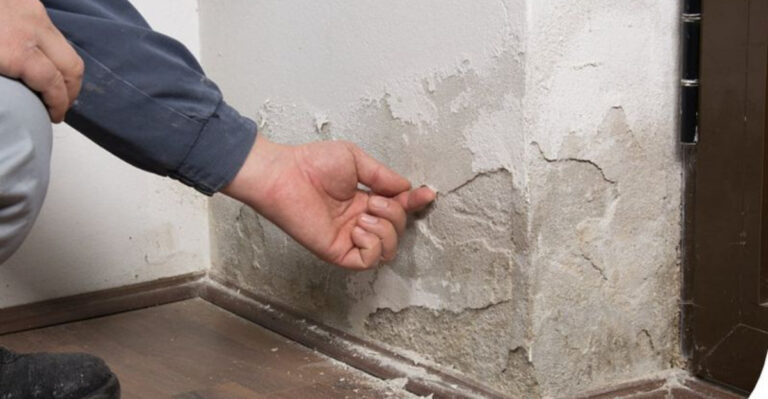8 Things That Make Designers Cringe When They Walk Into Someone’s Home (And 8 They Absolutely Love)
Designers see a lot – and it doesn’t take long for them to spot the hits and the misses in a home.
Some choices immediately make them cringe, whether it’s clashing styles, poor lighting, or decor that’s just trying too hard. But on the flip side, there are elements that always earn an approving nod.
These are the details that show thought, balance, and a sense of personal style that actually works. Curious what pros notice right away? Here are 8 things that make designers wince – and 8 they secretly (or not-so-secretly) love.
1. Matching Furniture Sets
Walking through a showroom and purchasing the entire display might seem convenient, but designers shudder at this approach. The matchy-matchy look creates a flat, uninspired space lacking personality and depth.
Instead, professionals recommend mixing complementary pieces that create conversation and visual interest. Your home should tell your unique story, not resemble a furniture catalog page that everyone else could have.
2. Poorly Hung Artwork
Nothing makes a designer’s eye twitch faster than artwork hung at odd heights or floating awkwardly on vast empty walls. The dreaded ‘postage stamp on an envelope’ effect occurs when tiny frames get lost on expansive walls.
Gallery walls require thoughtful arrangement, not random placement. The general rule places art at eye level (57-60 inches from the floor to the center), creating visual harmony that instantly elevates any room’s appearance.
3. Pushed-Back Furniture
You might think shoving all furniture against walls creates more space, but this common arrangement makes designers wince. Floating furniture away from walls actually makes rooms feel larger and more inviting.
When everything hugs the perimeter, you create an awkward ‘dance floor’ in the middle with conversation areas too spread apart. Try pulling pieces inward to create intimate conversation zones that welcome guests rather than forcing them to shout across the room.
4. Fake Plants Collecting Dust
While artificial greenery seems like a low-maintenance solution, those dusty silk arrangements from decades past scream dated design. Designers can spot fake foliage from across the room, especially when covered in a layer of dust.
If you can’t maintain real plants, modern high-quality faux options exist. Better yet, consider low-maintenance live plants like snake plants or pothos that thrive with minimal attention while purifying your air and bringing authentic life to your space.
5. Mismatched Wood Tones
Having seven different wood finishes in one room creates visual chaos that makes designers cringe. From cherry cabinets to oak floors to walnut tables to maple chairs – the room lacks cohesion when wood tones compete for attention.
While mixing woods can work beautifully when done intentionally, random combinations create discord. Try limiting your space to 2-3 complementary wood tones that share undertones.
6. Exposed Cable Clutter
Those tangled black snakes lurking behind entertainment centers make designers’ skin crawl. In our tech-heavy homes, cable management often becomes an afterthought, creating visual distraction and collecting dust bunnies.
Simple solutions like cord covers, cable clips, and strategic furniture placement can transform this eyesore. Many designers now consider tech integration from the beginning of projects, ensuring charging stations and entertainment systems enhance rather than detract from beautiful spaces.
7. Bathroom Carpet
Few design choices make professionals recoil faster than wall-to-wall carpet in bathrooms. This trend from decades past creates a perfect environment for mold, mildew, and unpleasant odors in high-moisture areas.
Moisture-resistant flooring like ceramic tile, luxury vinyl, or natural stone provides both practical and aesthetic benefits. If you crave softness underfoot, washable bath mats offer comfort without trapping moisture and bacteria in fibers that can never truly get clean.
8. Overstuffed Throw Pillow Armies
Ever tried sitting on a couch defended by seventeen decorative pillows? The pillow fortress phenomenon baffles designers who value both form and function. When decorative elements prevent actual use of furniture, something’s gone wrong.
Quality trumps quantity with throw pillows. Select 2-5 thoughtfully chosen pillows that complement your color scheme rather than overwhelming it. This creates inviting texture and comfort without requiring guests to perform a pillow removal ceremony before they can sit down.
1. Conversation-Starting Ceiling Treatments
Painted ceilings in bold colors or adorned with unexpected wallpaper make designers swoon! While most homeowners focus on walls, a decorated ceiling creates a jewel-box effect that elevates the entire room.
Many designers consider this the “fifth wall” of design – an opportunity to inject personality without overwhelming the space. Think midnight blue in a bedroom, gold leaf in a powder room, or even a mural in a child’s playroom.
2. Ambient Lighting
Lighting sets the mood of a home, and designers adore spaces that masterfully incorporate ambient lighting. Soft glows from various sources create a welcoming and comfortable atmosphere.
The interplay of shadows and highlights can transform a room, making it feel larger or cozier depending on the arrangement. A mix of natural and artificial lighting adds depth and dimension, making each visit a new visual experience.
3. Unexpected Vintage Appliances Still in Use
A 1950s standing mixer that’s still whipping cream or a restored vintage refrigerator functioning as the main cooling unit makes designers positively giddy! These functional heirlooms demonstrate sustainability and appreciation for craftsmanship from eras when things were built to last.
The juxtaposition of vintage technology alongside modern conveniences creates visual interest and conversation starters. Designers appreciate seeing how homeowners incorporate these pieces thoughtfully rather than treating them as mere decorative objects.
4. Evidence of Quirky Hobbies or Collections
Stumbling upon a meticulously arranged collection of vintage snow globes or discovering a dedicated space for building miniature train sets makes designers’ hearts sing! These deeply personal elements transform cookie-cutter spaces into one-of-a-kind environments that couldn’t belong to anyone else.
Collections tell stories no interior decorator could fabricate – whether it’s handcrafted pottery from travels abroad, antique fishing lures, or first-edition comic books.
5. Deliberately Empty Spaces
Contrary to popular belief, designers rejoice when they see intentional negative space! A wall left purposefully bare or a corner without furniture shows restraint and understanding that good design often requires breathing room.
These empty pockets allow the eye to rest and important elements to shine. They demonstrate a homeowner’s confidence in not filling every inch simply because it exists—a sophisticated approach many find difficult to embrace.
6. Handmade Repairs and Thoughtful Imperfections
The Japanese call it wabi-sabi—finding beauty in imperfection—and designers are thrilled when they spot lovingly mended items! A leather chair with a patched arm or a beautiful ceramic bowl with visible kintsugi gold repair speaks volumes about a homeowner’s values.
These thoughtful repairs demonstrate sustainability, resourcefulness, and emotional attachment to possessions beyond their monetary value.
7. Repurposed Architectural Salvage
Gasps of delight escape designers when they discover old factory windows repurposed as room dividers or antique corbels supporting kitchen shelving! These architectural elements bring history, character, and sustainability into modern spaces in ways mass-produced items never could.
Salvaged pieces – whether stained glass windows, vintage doors, or industrial machinery parts—add layers of narrative to homes.
8. Multi-Generational Design Accommodations
Subtle touches that accommodate family members of all ages and abilities make designers nod appreciatively! Seeing a stylish grab bar disguised as a towel rack or elegant lever door handles that work for arthritic hands shows thoughtful, inclusive design thinking.
These considerate elements – like kitchen drawers at varying heights, shower benches integrated beautifully into tile work, or discreet ramps blended into landscaping – demonstrate that accessibility can be achieved without institutional aesthetics.

